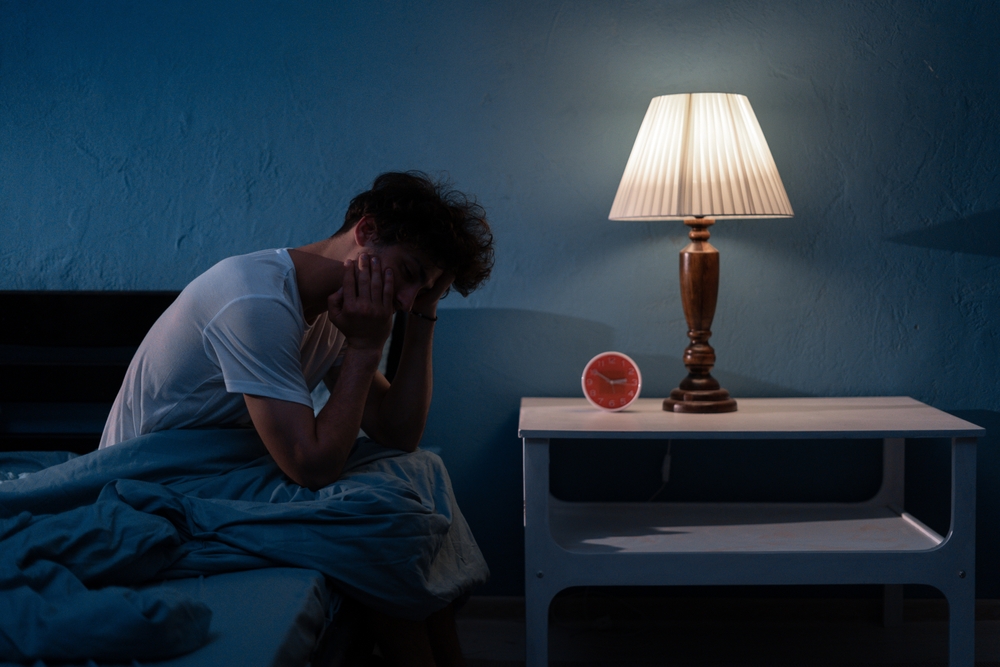Lorazepam, a medication frequently used to mitigate agitation in bipolar 1 mania trials, exhibits varying usage patterns in both controlled trials and clinical practice. An analysis of data from controlled trials and clinical reports in adults reveals significant usage of lorazepam in managing manic symptoms. In placebo-controlled clinical trials spanning three weeks, a substantial majority (79%) of participants with manic episodes received lorazepam, particularly during the drug wash-out phase before the actual trials. The average dosage of lorazepam during the first week to ten days of these trials was about 2.2 mg/day, which is significantly lower than the doses used in trials without a wash-out phase. Notably, emergency department reports indicated the administration of much higher benzodiazepine doses for acute manic agitation.
The findings suggest that the medication treatment strategies used in placebo-controlled, drug washout trials for acute bipolar mania do not accurately reflect the typical clinical approach to treating this condition. The reliance on pre-trial drug washout phases and the subsequent lower dosages of lorazepam used in these trials may skew the understanding of how acute bipolar mania is typically managed in real-world clinical settings. This discrepancy highlights the need for caution when interpreting results from such controlled trials and considering their applicability to everyday clinical practice.
Reference: Safer DJ. Lorazepam use during clinical trials of adults with bipolar mania episodes. Contemp Clin Trials Commun. 2023 Apr 7;33:101122. doi: 10.1016/j.conctc.2023.101122. PMID: 37128576; PMCID: PMC10147970.









